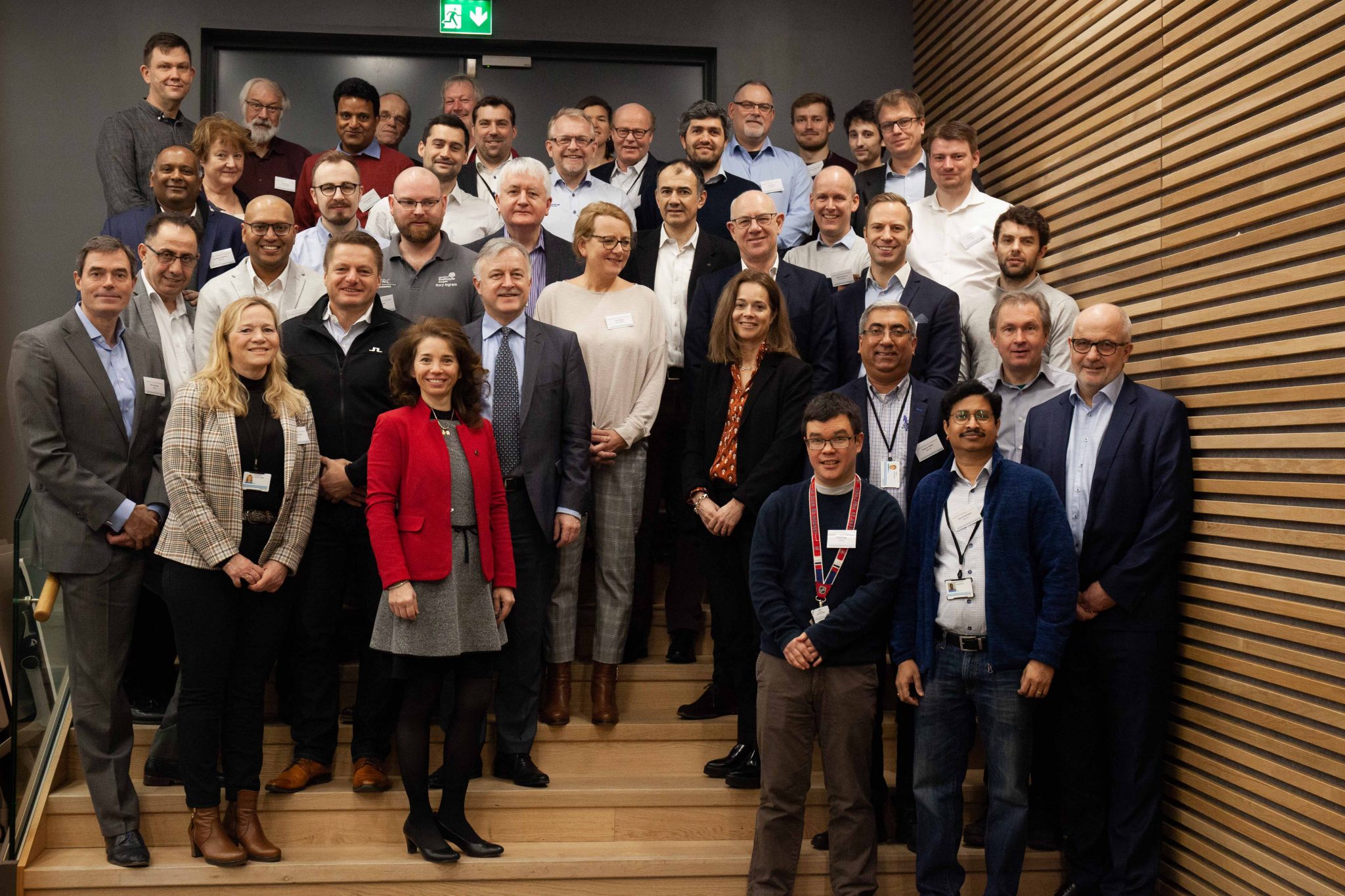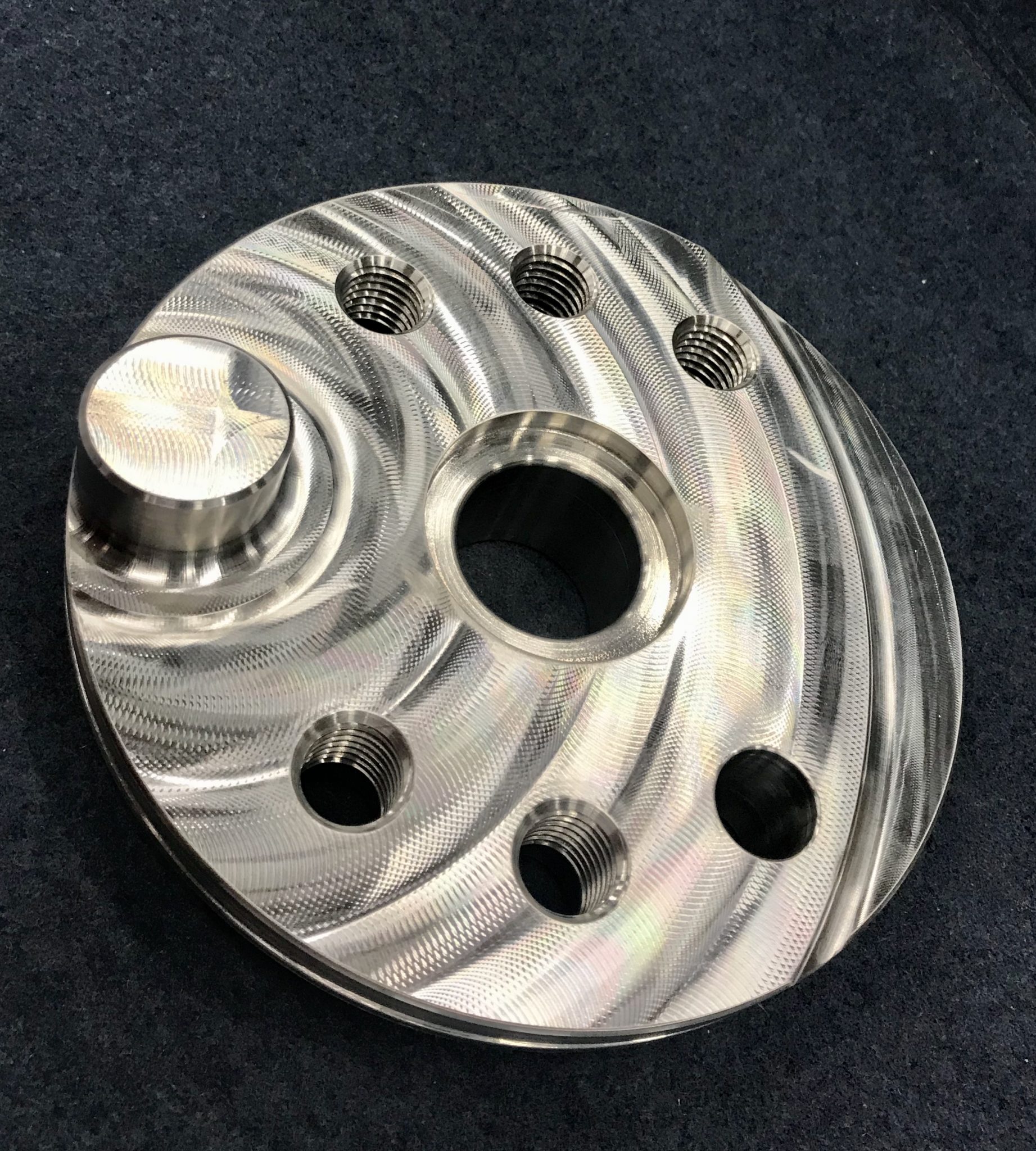Two Joint Innovation Projects (JIPs) seeking to establish guidelines for the production and qualification of additive manufactured parts for the oil and gas and maritime industries, has concluded.
The JIPs, organized by DNV GL, an international accredited registrar and classification society, and comprised of 20 different partners, involved 2 years of intensive work and discussion. Some of the firms involved include BP, Shell, Total, Siemens, SLM Solutions, Sandvik, Additive Industries and more. Their goal was to develop guidelines to help qualify parts produced by Laser Powder Bed Fusion (LPBF) and Wire Arc Additive Manufacturing (WAAM) processes. The partners also sought to create an accompanying economic model, to be used in the oil and gas and maritime industries.
The conclusion of the JIPs was celebrated with the coordination of DNV GL, and Berenschot, an independent organization consultancy, at the former’s offices in Høvik, Norway. At the end of the ceremony, DNV GL launched two additional JIPs to continue the investigation into additive manufacturing technologies, and to develop a digital warehouse program.

A consortium of firms across the value chain
The partners involved in the JIPs consist of several firms representing the entire value chain. This was identified as an important factor in establishing the JIPs, as “in additive manufacturing, the collaboration of multiple partners with expertise in specific processes and activities, is essential,” according to Aidro, a hydraulic equipment supplier based in Lombardy, Italy and partner on the projects.
As such, the 20 firms partnering on the project can be divided across three categories: operators, contractors, and fabricators, some of which are established 3D printing enterprises. The operators are four major oil and gas firms: BP, Equinor, Shell, and Total. The contractors are Siemens, Kongsberg, IMI Critical Engineering, TechnipFMC, and SLM Solutions. Finally, the fabricators are listed as OCAS/Guaranteed (a spin-off from Arcelor Mittal), Quintus Technologies, HIPtec, Vallourec, Aidro, Immensa, Voestalpane, Ivaldi Group, Additive Industries, Sandvik and AFRC of the University of Strathclyde.
The JIPs established by the partners are described as “two coherent and seamlessly aligned programs.” The first program centers on the creation of a guideline towards certified parts managed by DNV GL. It provides a framework to guarantee that spare parts and components produced using WAAM and LBPF technologies are according to specifications – meaning that they meet quality requirements and are manufactured in a safe and repeatable manner. The second project involved the creation of a ‘toolbox’ for part selection, supply chain set-up and economic viability, managed by Berenschot.
To ensure the development of a high-quality guideline in tune with realistic manufacturing practices, the partners opted to produce real parts as case studies. This allowed the consortium to assess what activities needed monitoring and qualification, in order to provide a complete and full-proof guideline. Using real parts also means that the guideline and the business impact model can be tested under conditions resembling real-life situations. Variations between additive manufacturing and traditional production methods can also be assessed.

One of these case studies included the development of a crank disk using LBPF by Aidro, produced for Kongsberg, an international technology group. With traditional manufacturing techniques, the part would have taken between 8 to 10 weeks, however using an EOS M290 3D printer, the part required less than one week to be 3D printed in Inconel 718. SLM Solutions and Additive Industries also 3D printed test parts for the case studies using their own LBPF technologies. Four additional case studies were 3D printed using WAAM technology, including a Kongsberg crankpin, using S700 low-alloyed wire.
The subsequent guidelines for quality assurance in LBPF and WAAM processes and parts have been divided into three categories: AM Class 1 (AMC 1) is intended for non-critical components, AM Class 2 (AMC 2) is intended for less critical components and AM Class 3 (AMC 3) is intended for critical components. Different assurance steps were issued depending on the class and 3D printing technology used. These steps include build process qualification testing, production testing, and part qualification testing.
The guideline states that “All parts shall be manufactured using a qualified build process. A build process is qualified through a defined Build Process Qualification Testing (BPQT) procedure.” The BPQT helps to provide a baseline of essential parameters ensuring a certain level of quality is achieved. Second, it explains that production testing should be completed to ensure the repeatability of the manufacturing process in producing quality parts. And finally, additional testing should be completed on the part itself after it is produced, depending on the criticality of the part.

3D printing in the Oil & Gas industries
3D printing in the oil and gas sector is an area of increasing development in recent years. Although far from widespread adoption, much work is being done to spread awareness of the possibilities of the technology within the sector. In 2019, British multinational oil and gas company BP confirmed it was using 3D printing to manufacture components for its petrochemicals business. The company was previously implementing additive manufacturing to produce parts within its chemicals division.
Later that year, Sintavia, a Florida-based metal 3D printing service, signed a term sheet with Texas-headquartered metal alloys specialist, Howco, to advance additive manufacturing in the oil and gas sector. Much research is also in the works as well, following a joint project launched last year between the University of Texas at San Antonio (UTSA) and Southwest Research Institute (SwRI) to examine the hydrogen embrittlement of additive manufacturing materials.
Most recently, Duncan Machine Products, an Oklahoma-based precision machining company, and supplier to oil and gas industries, revealed it will use metal additive manufacturing to both improve part performance and reduce lead times for the sector, in partnership with VELO3D.
The nominations for the 2020 3D Printing Industry Awards are now open. Who do you think should make the shortlists for this year’s show? Have your say now.
Subscribe to the 3D Printing Industry newsletter for the latest news in additive manufacturing. You can also stay connected by following us on Twitter and liking us on Facebook.
Looking for a career in additive manufacturing? Visit 3D Printing Jobs for a selection of roles in the industry.
Featured image shows crank disk manufactured by Aidro. Photo via Aidro.


